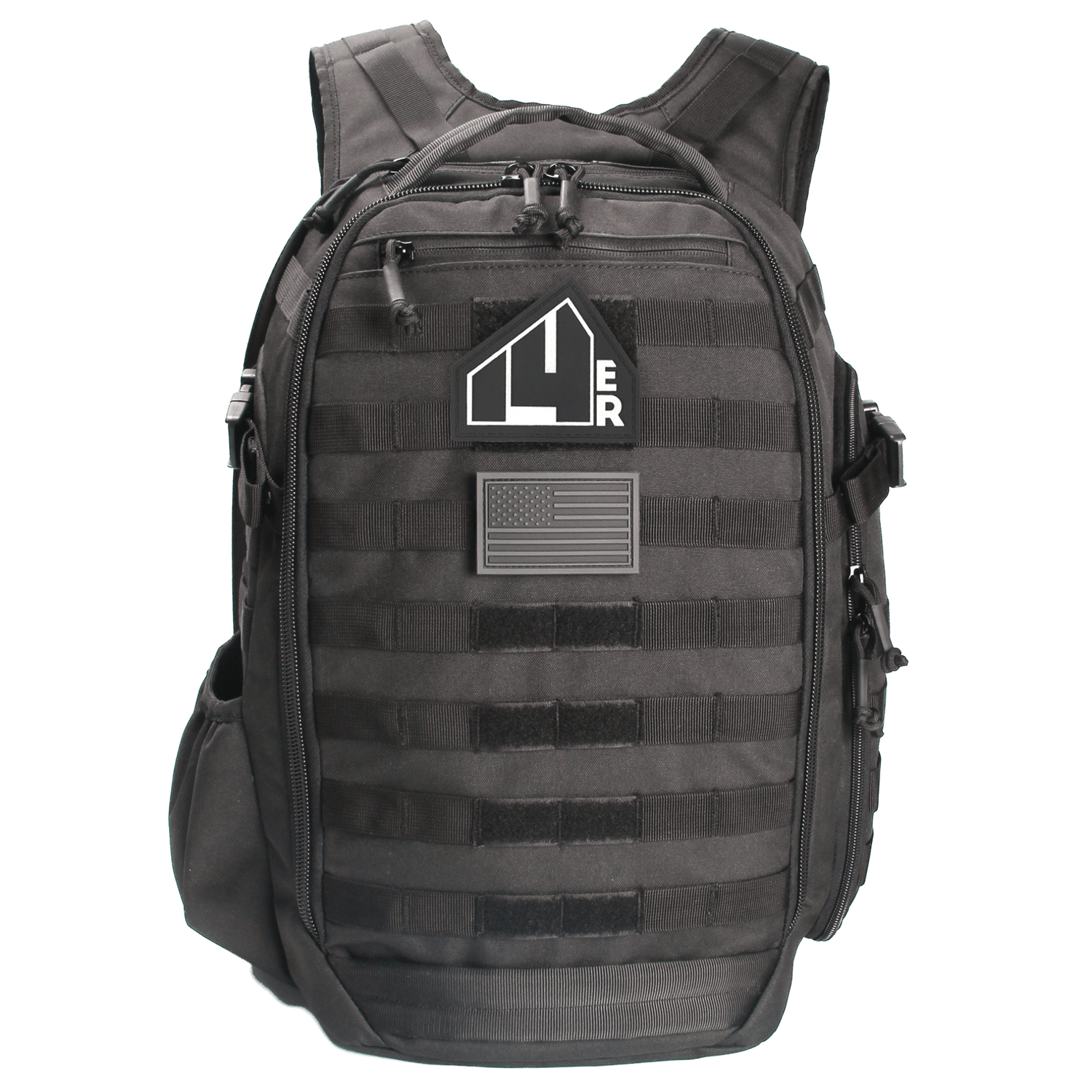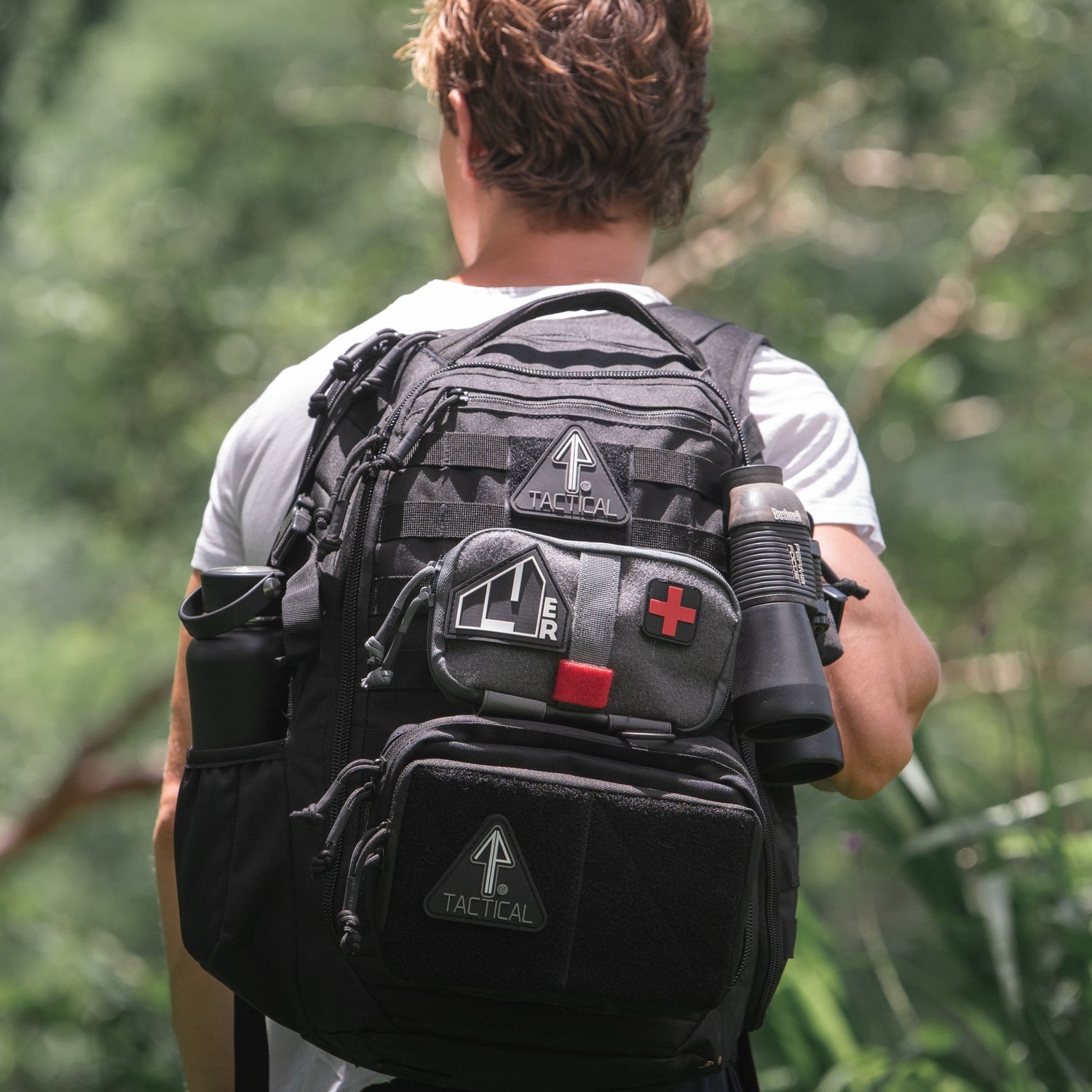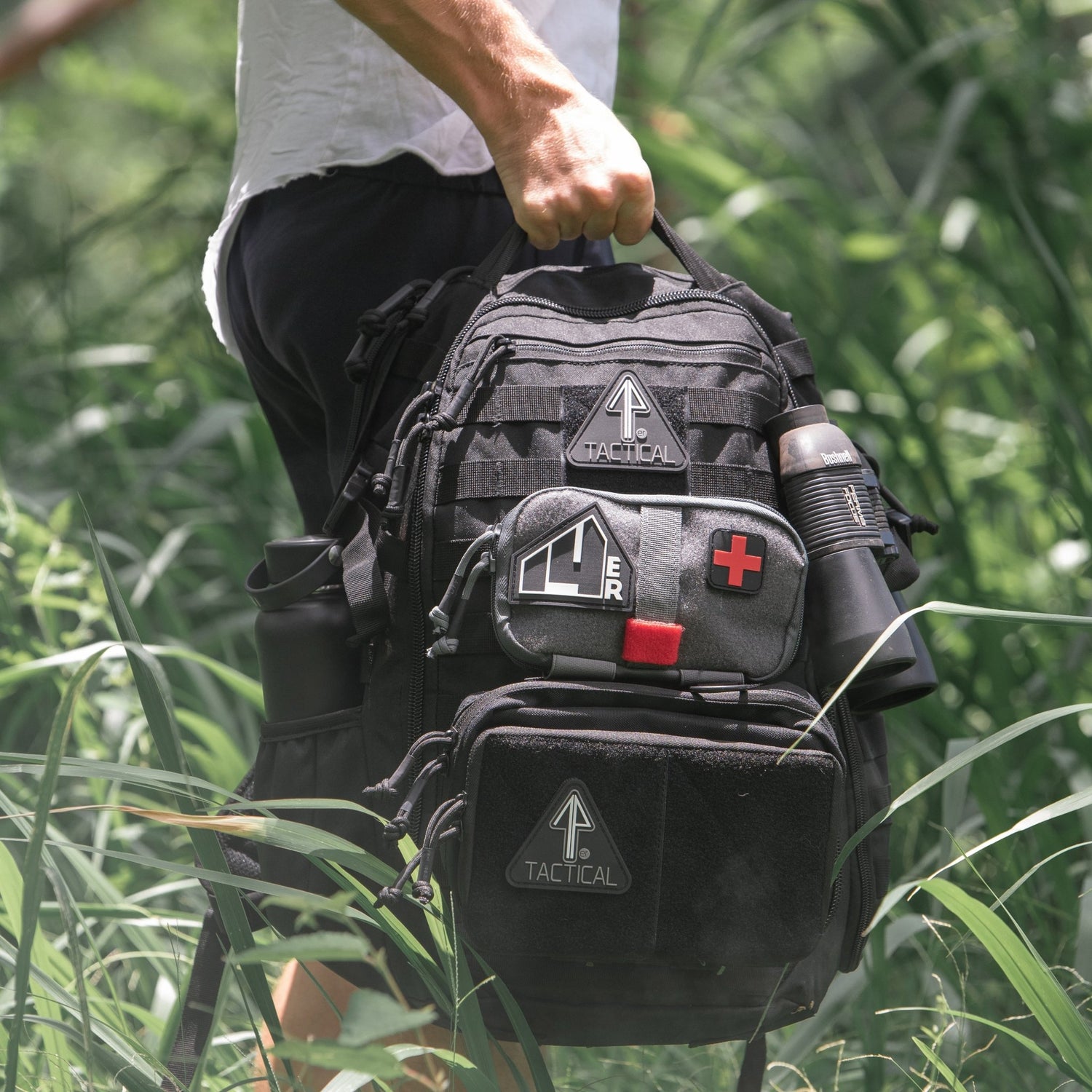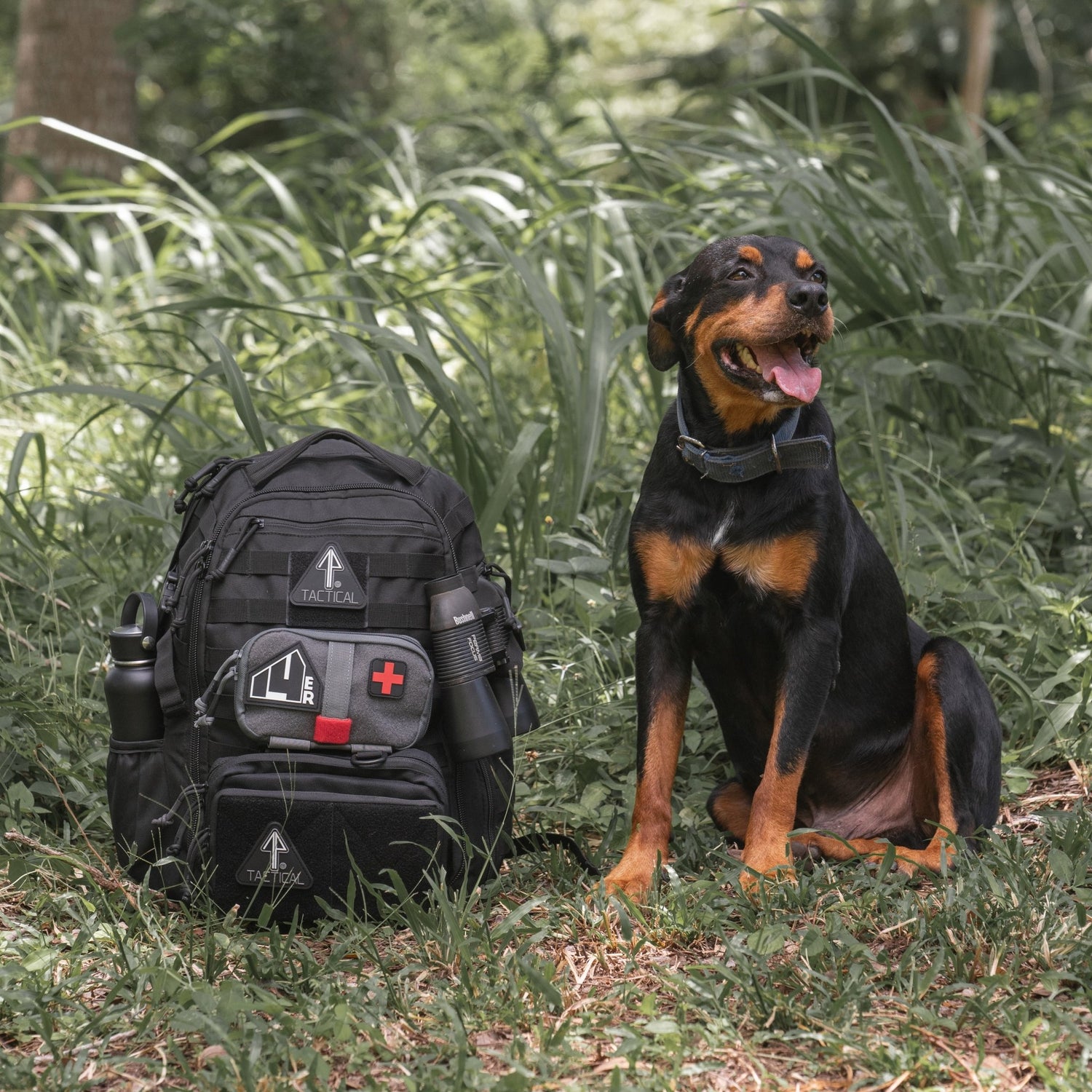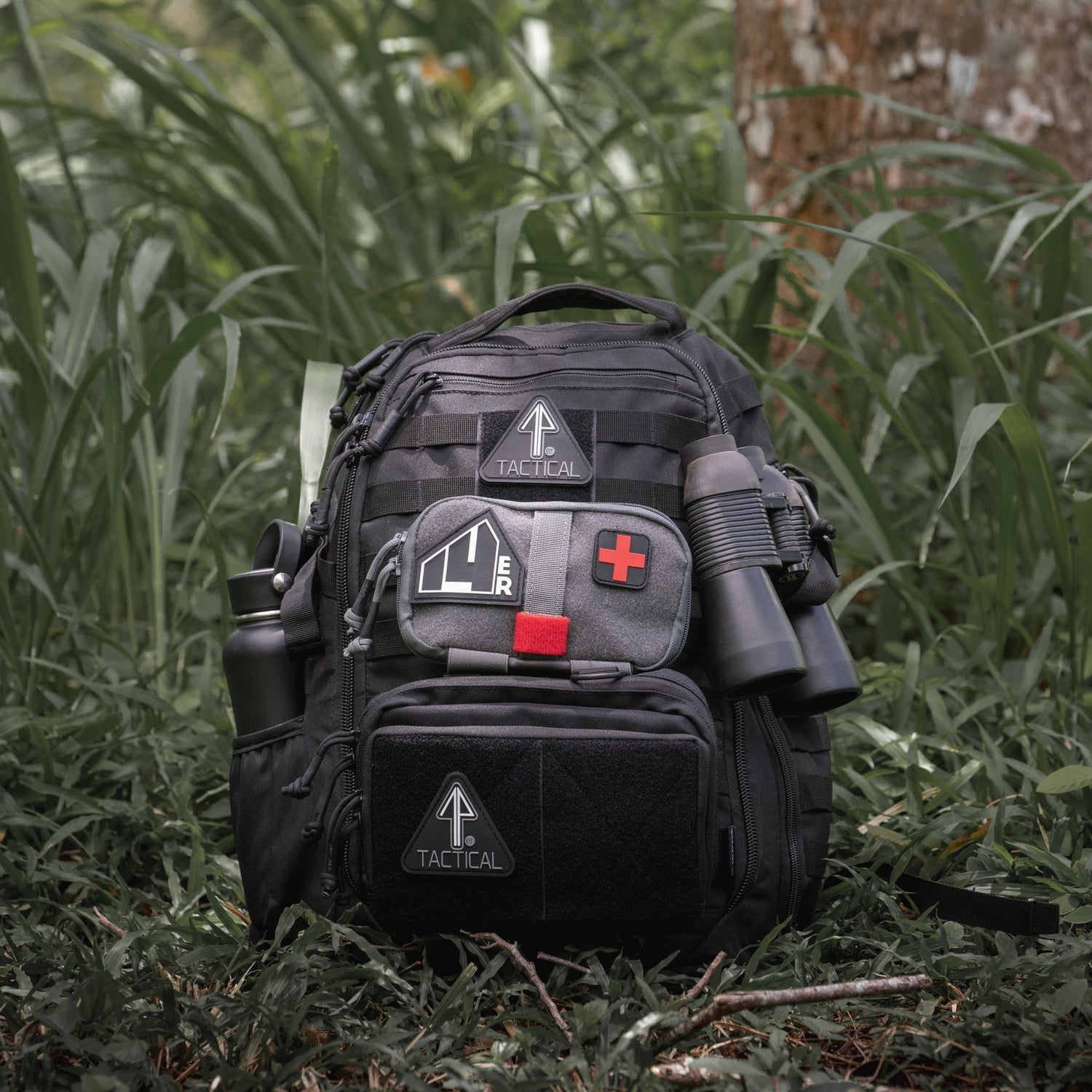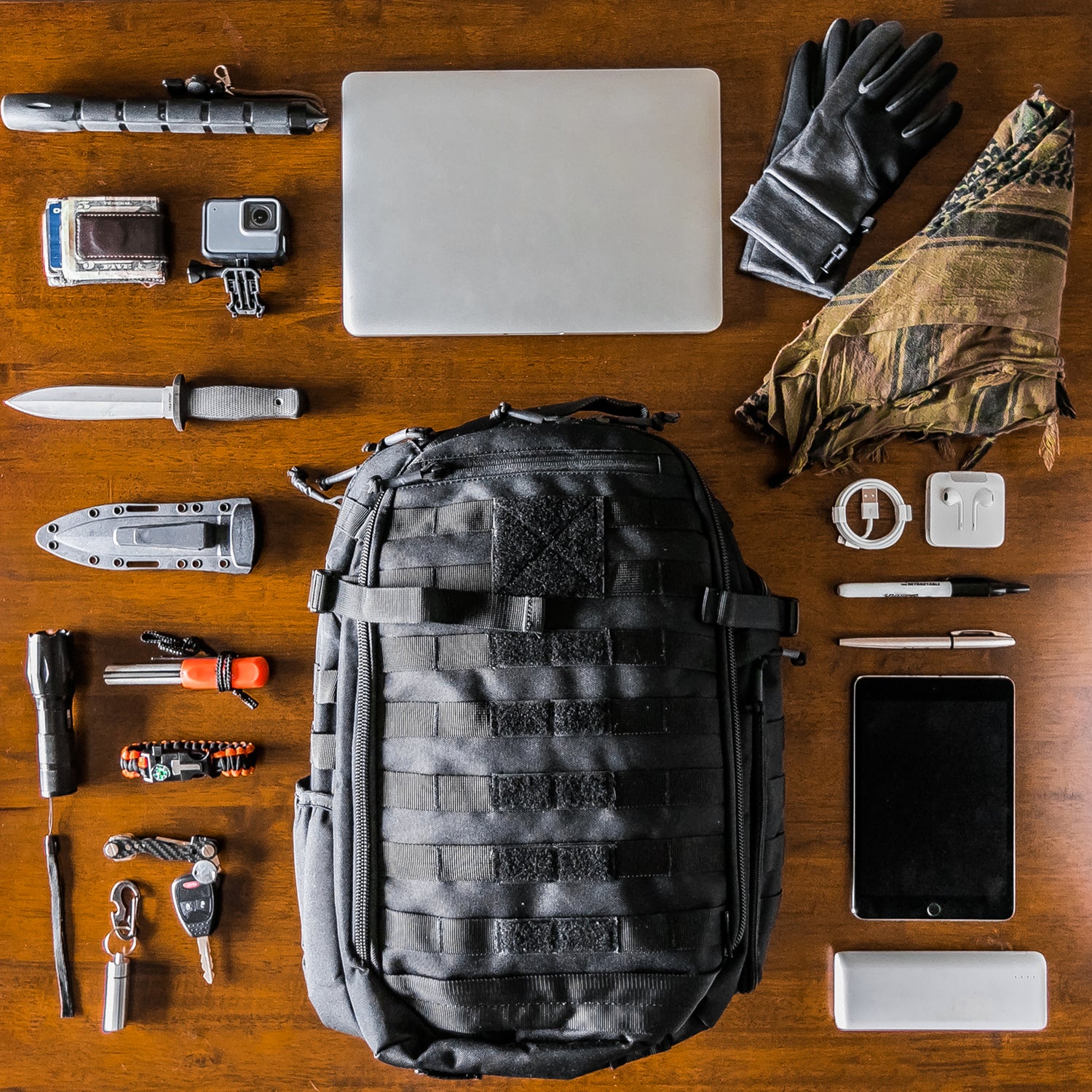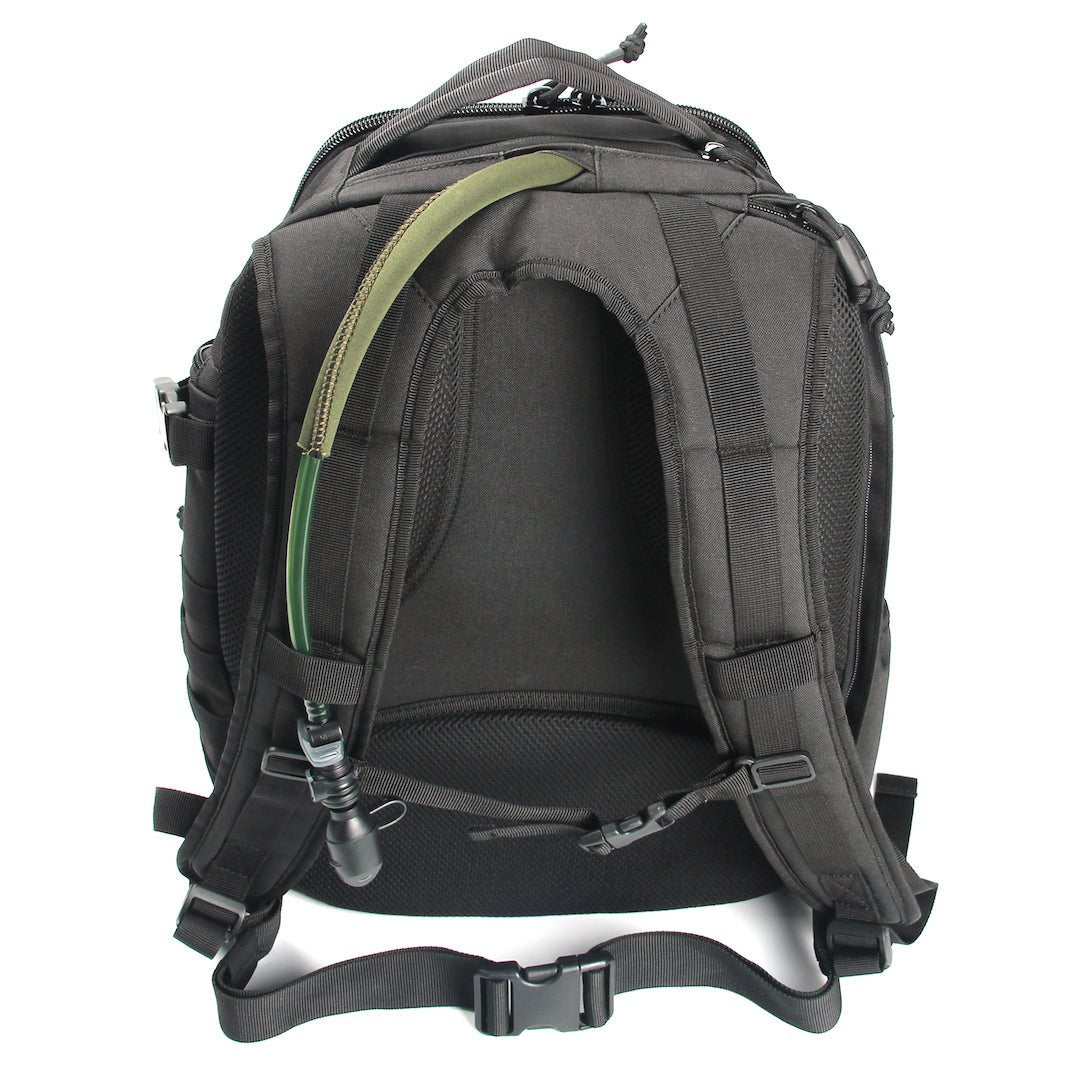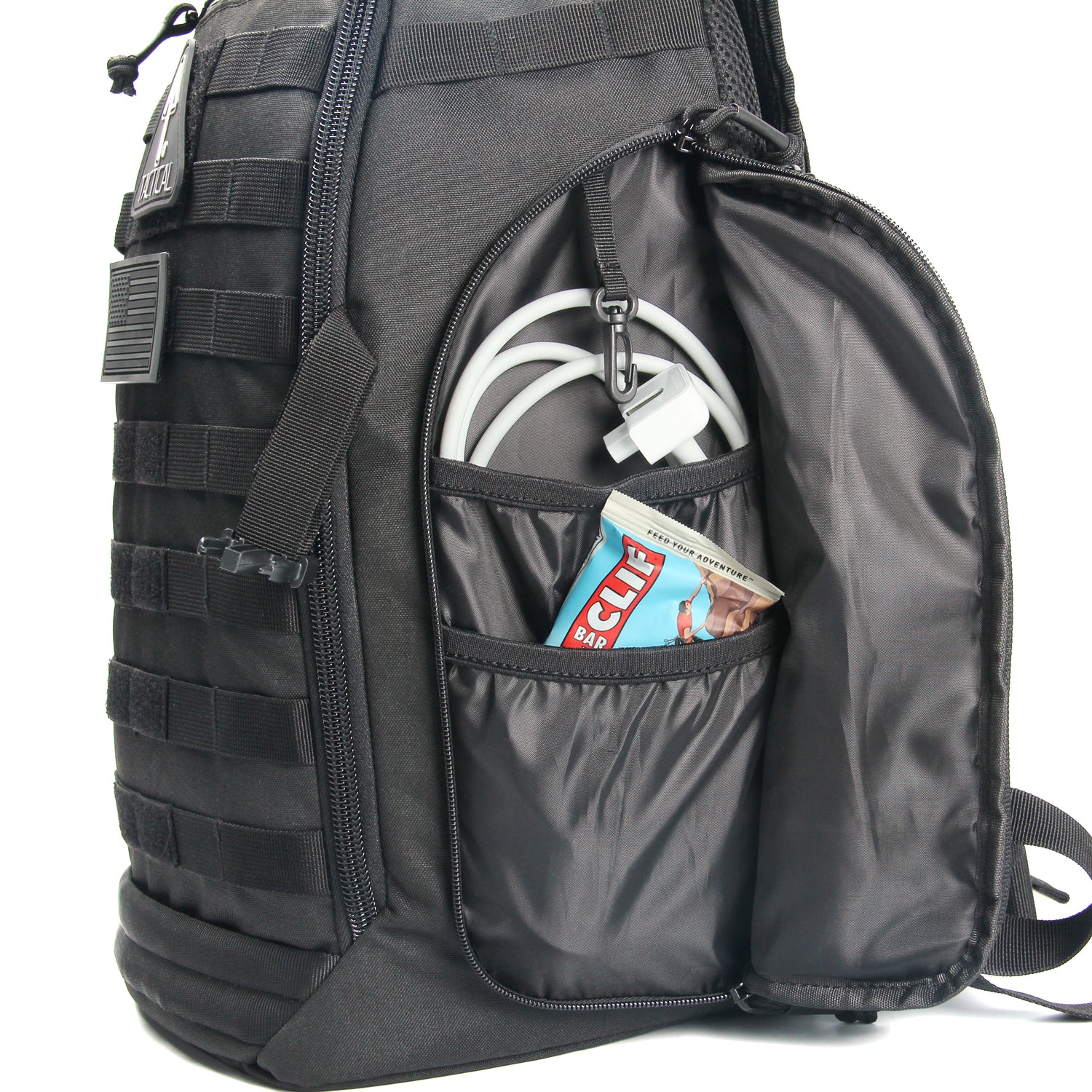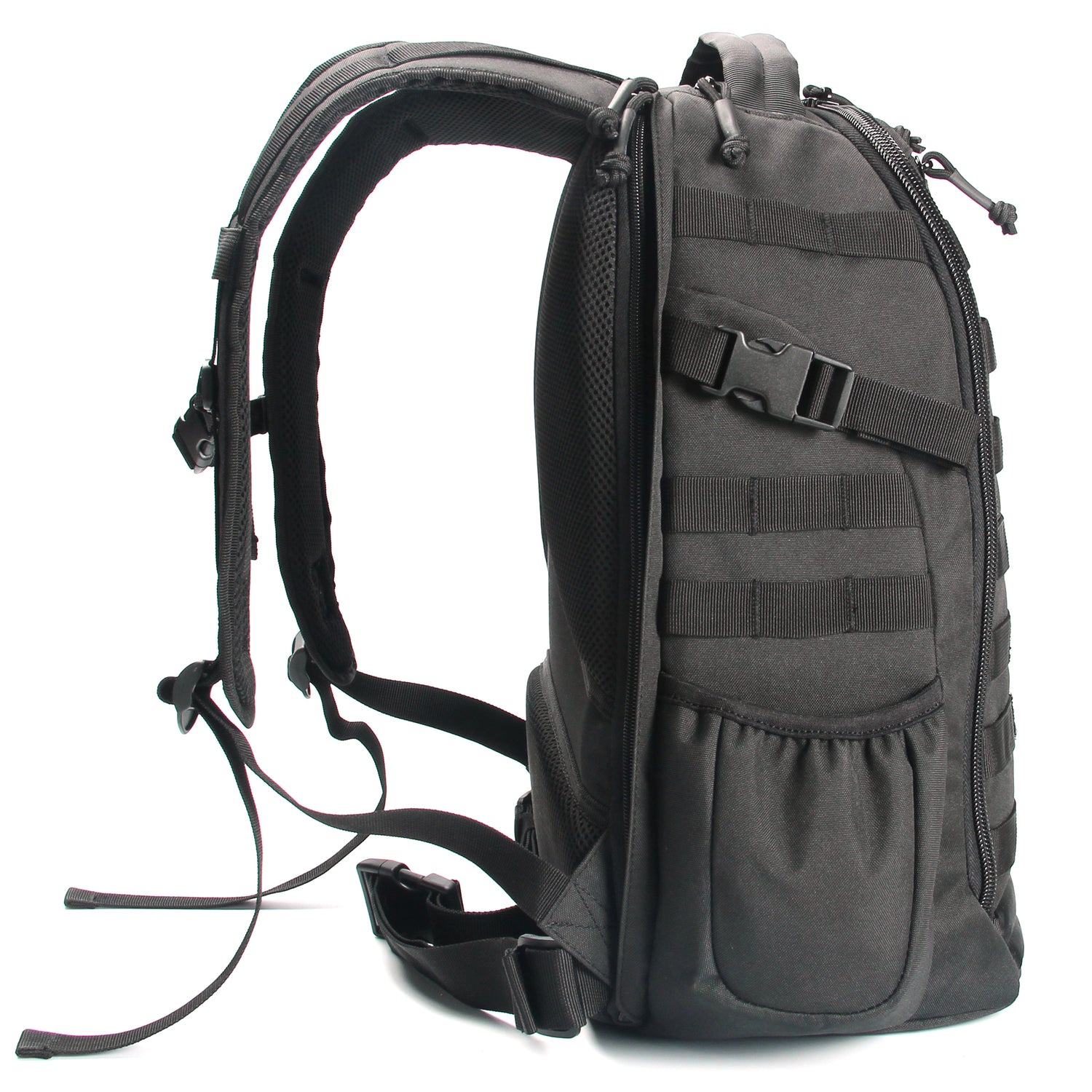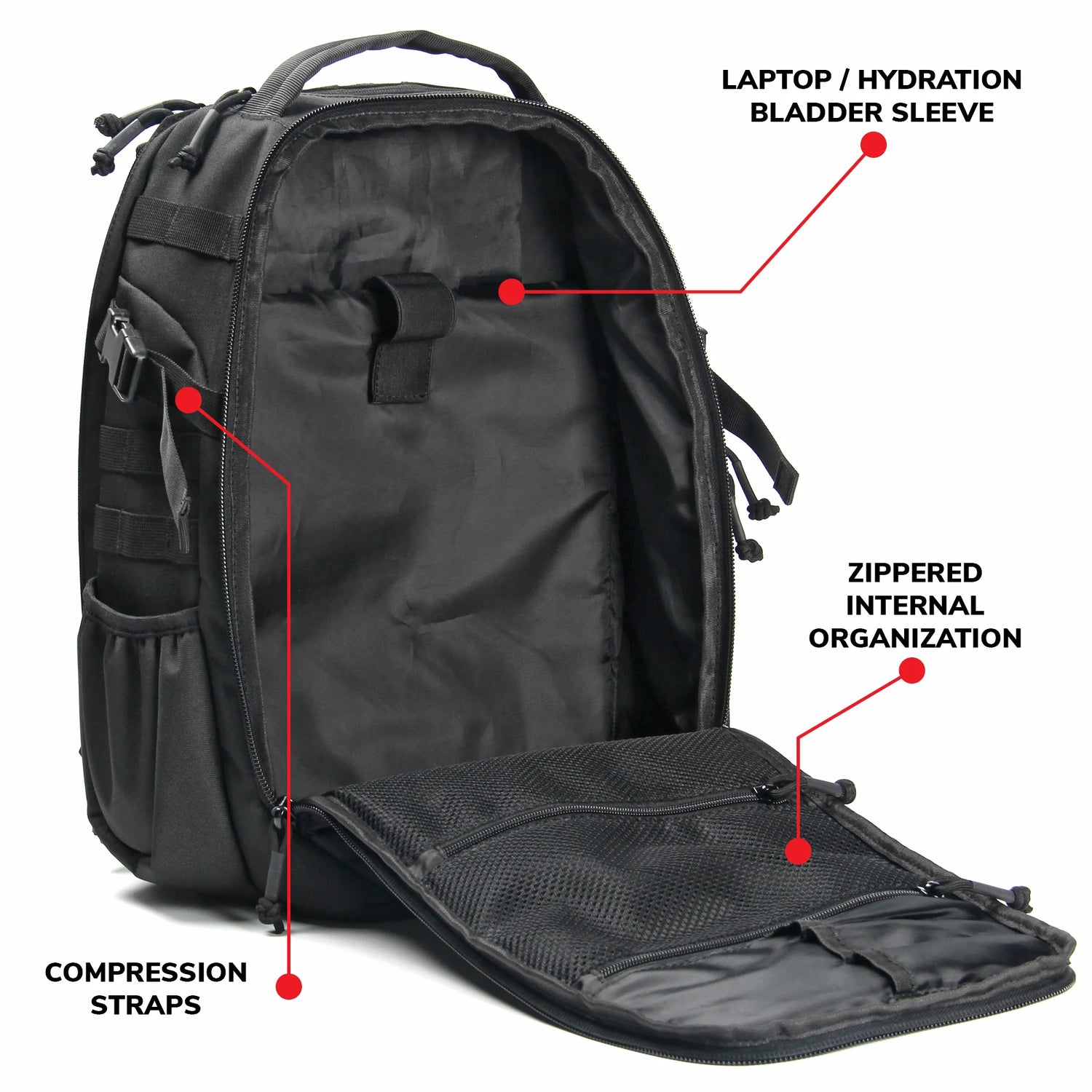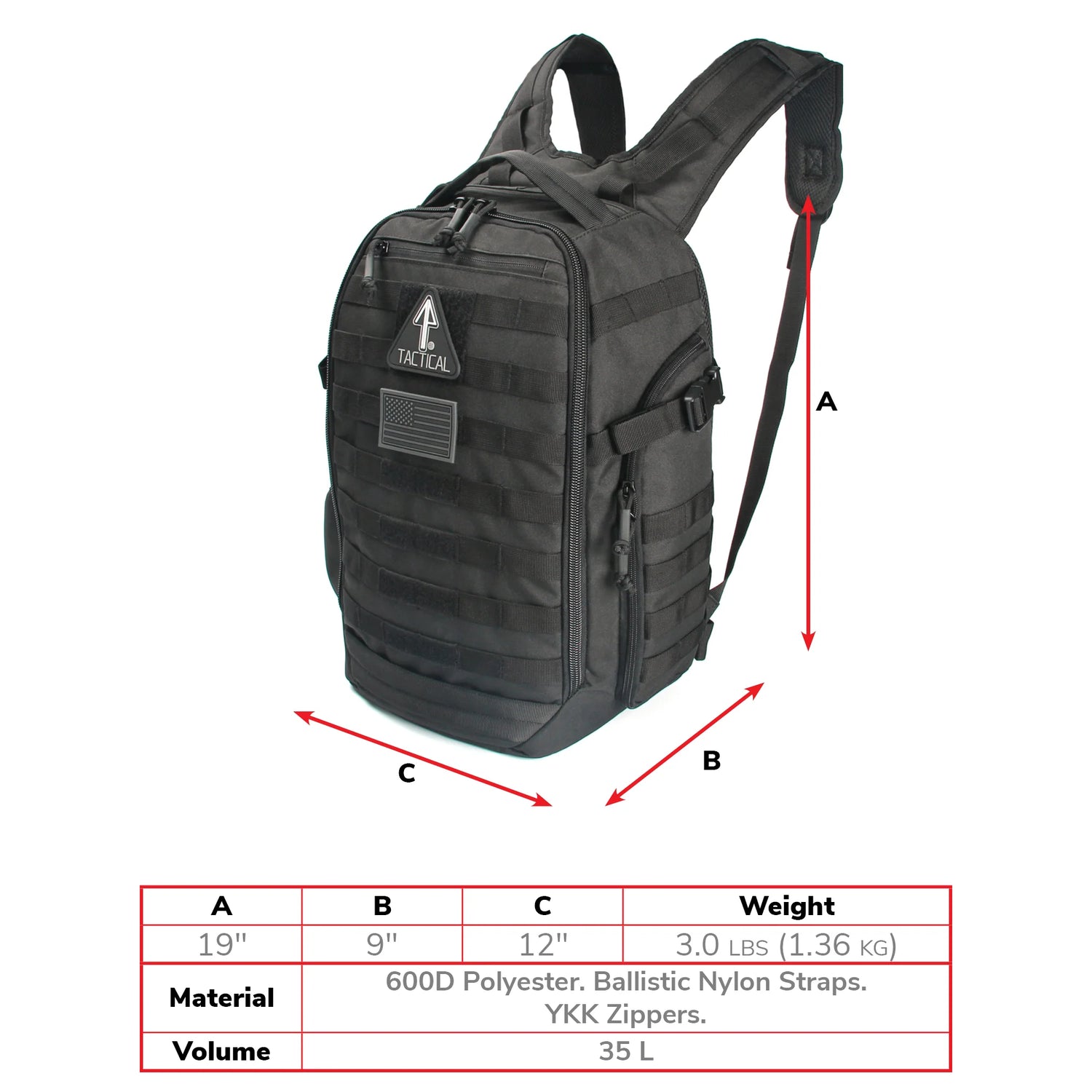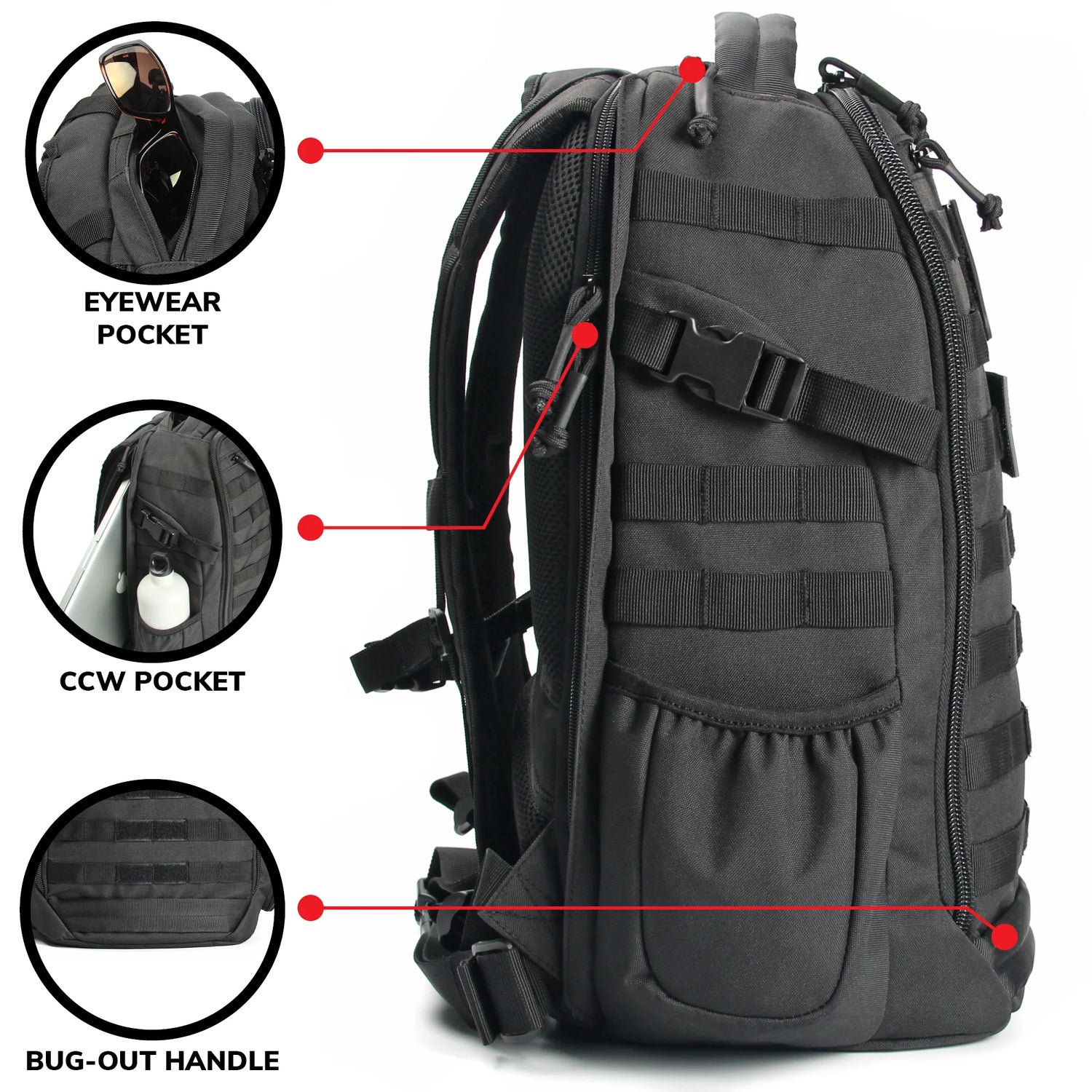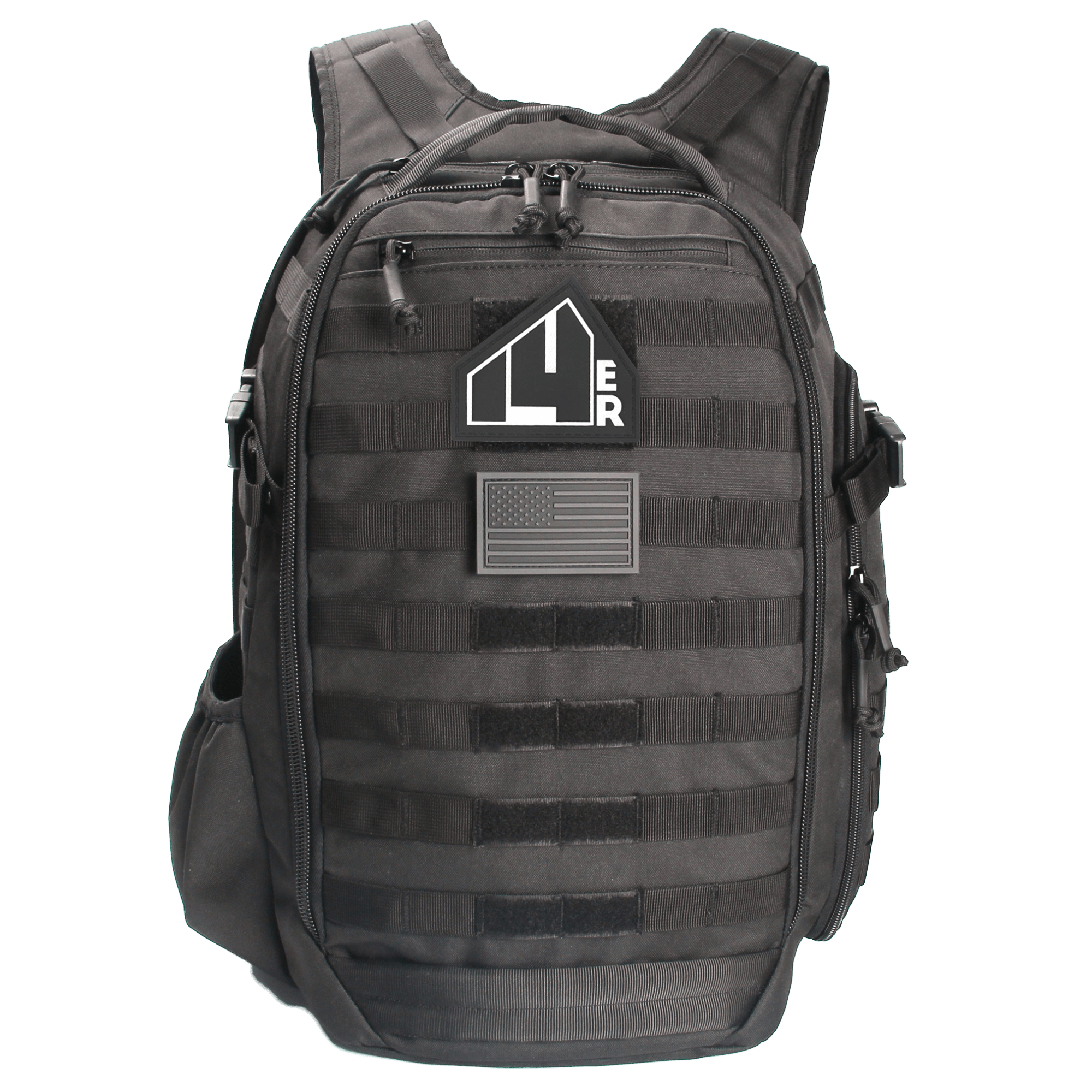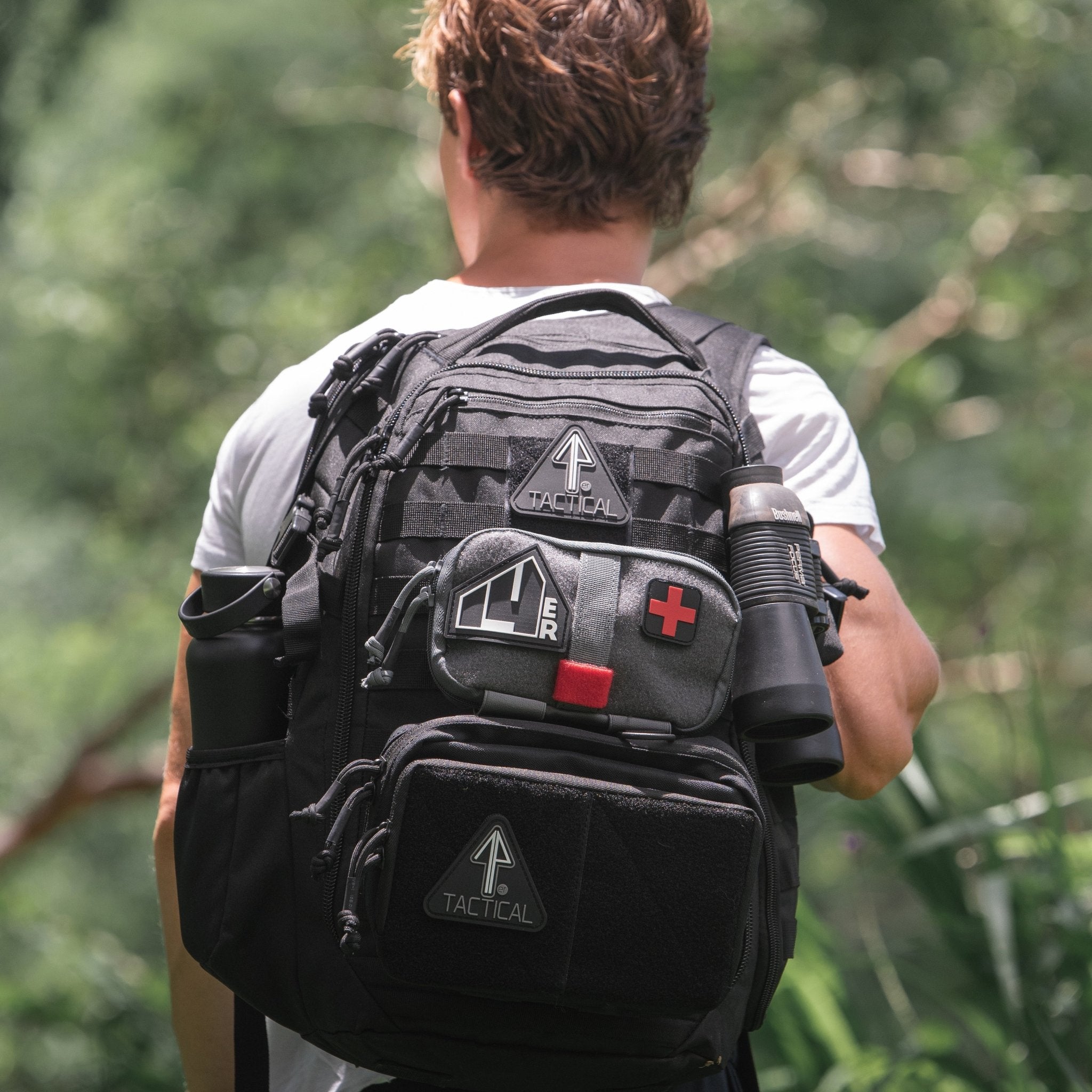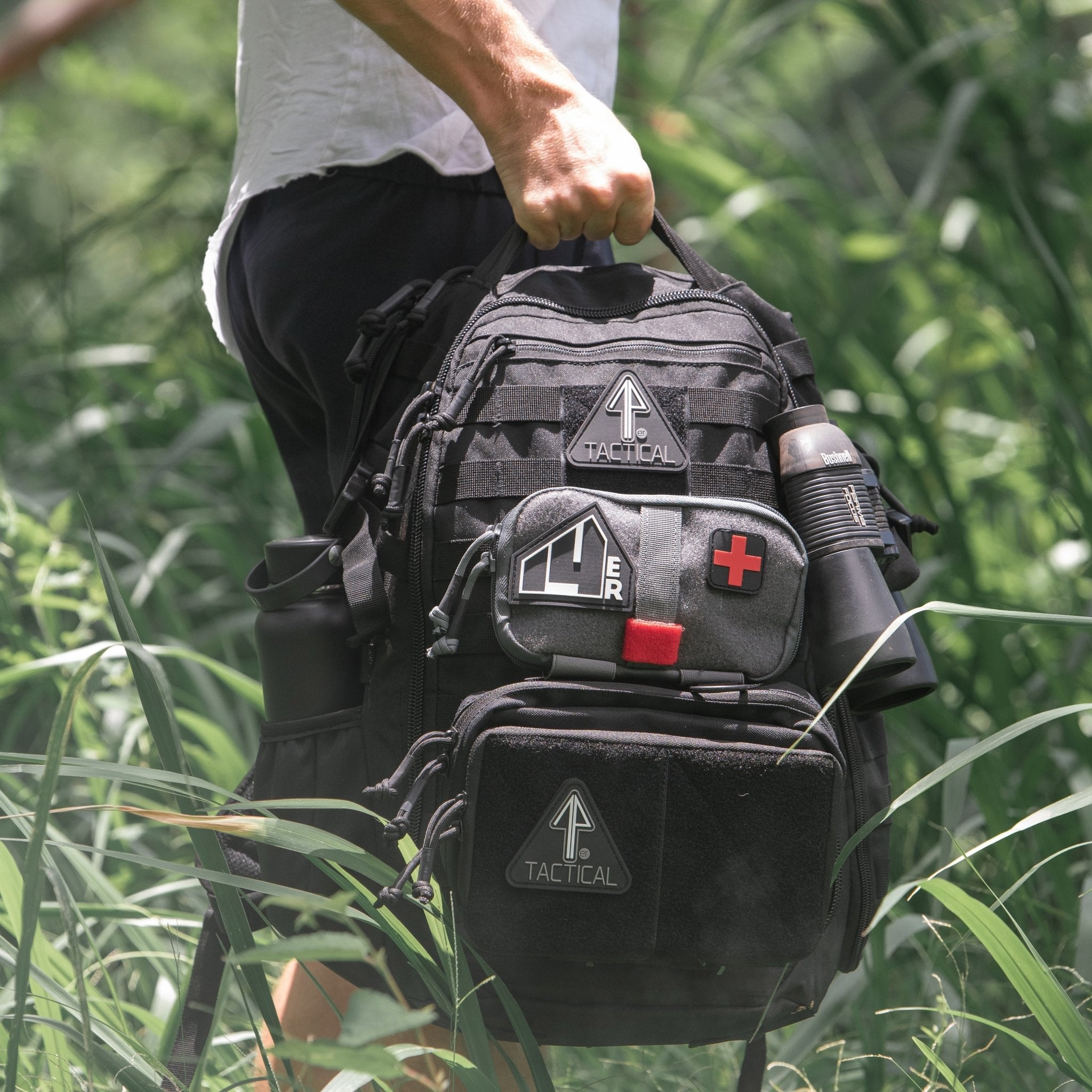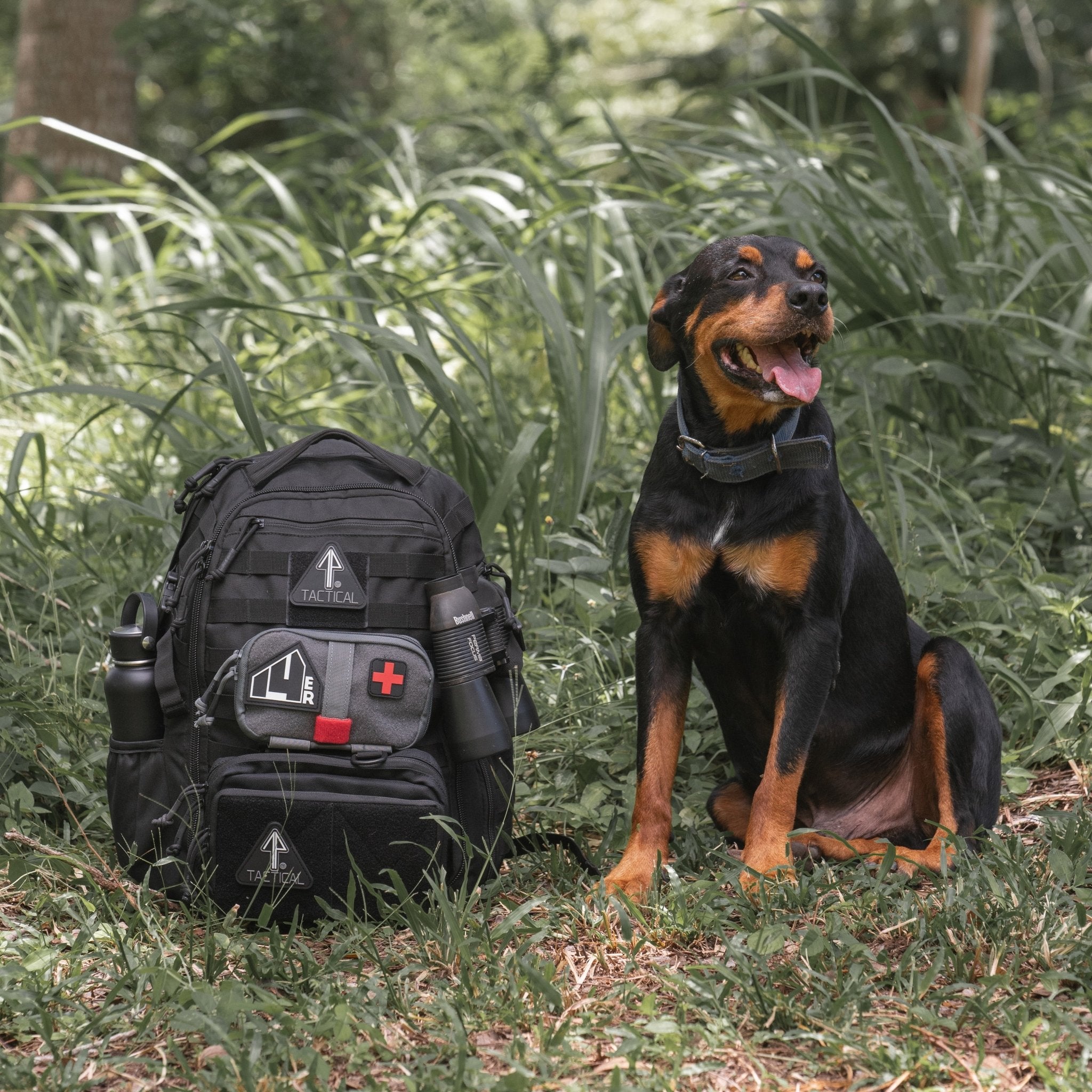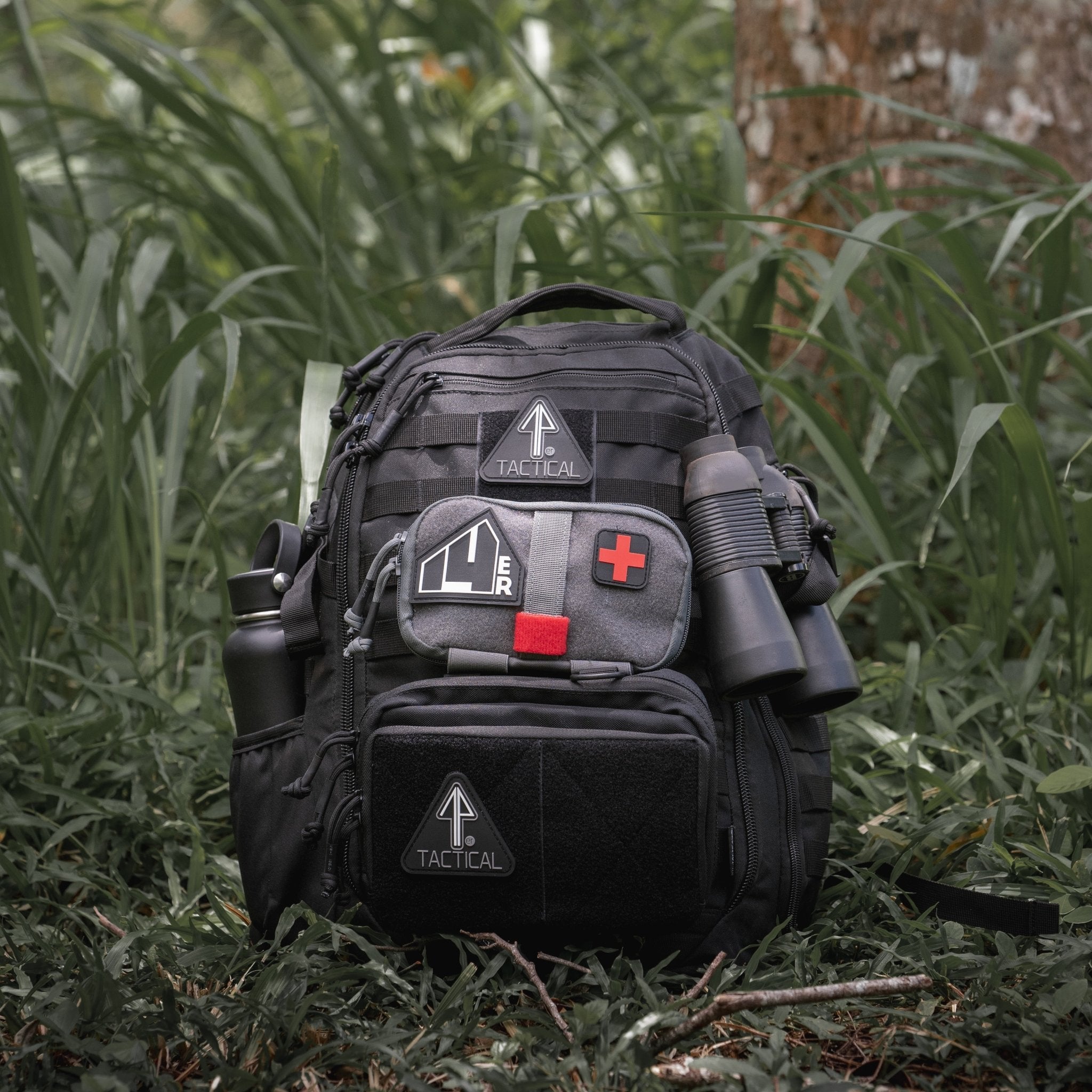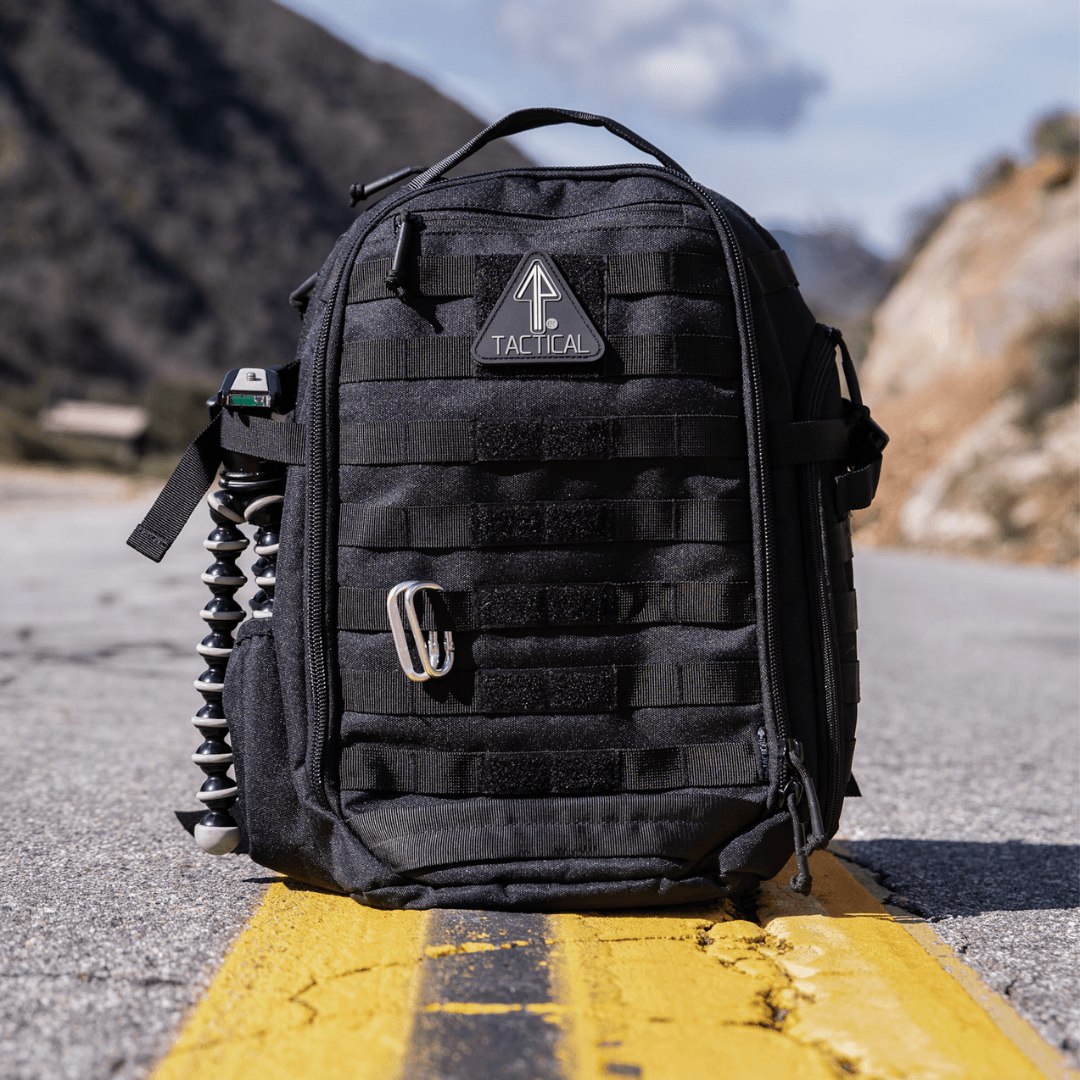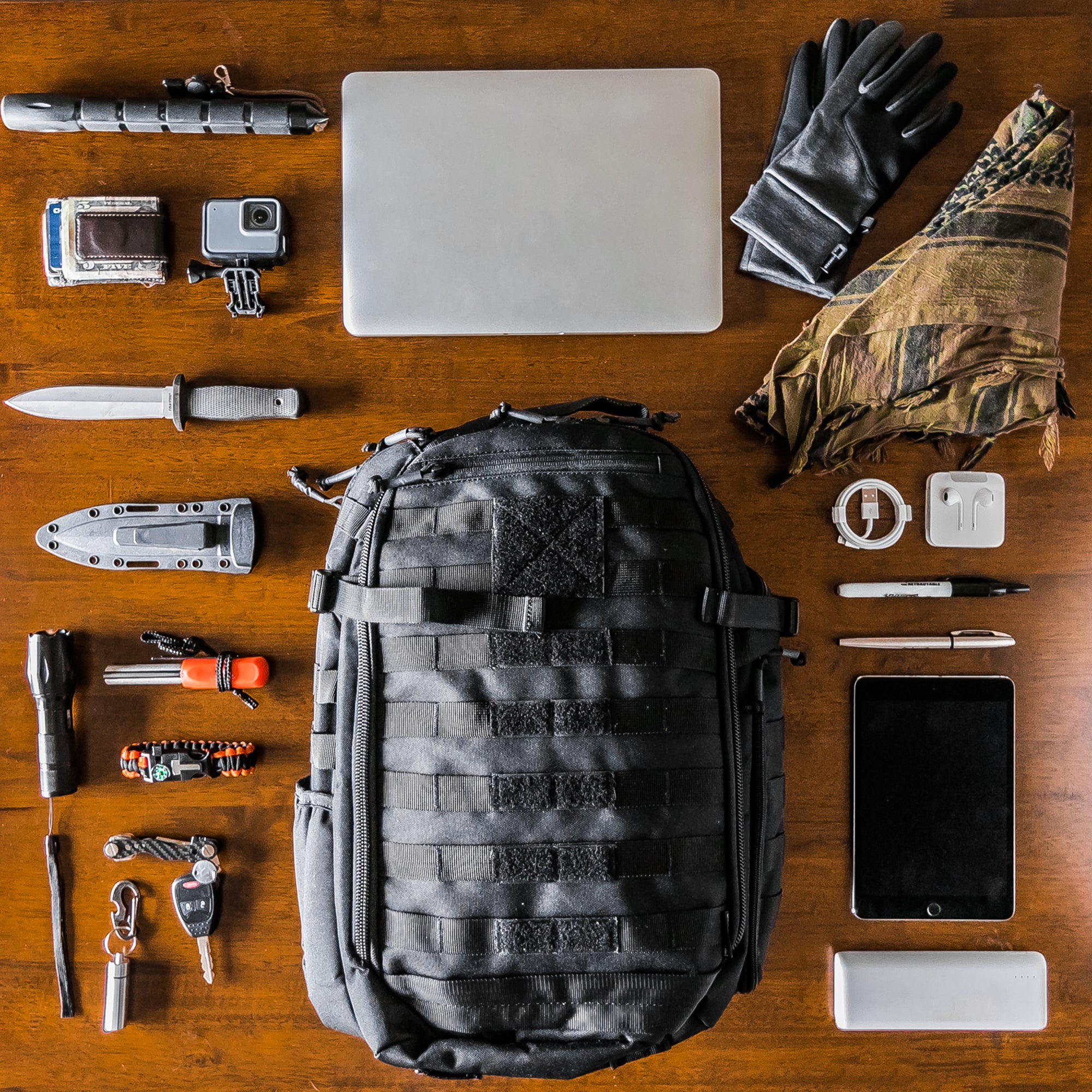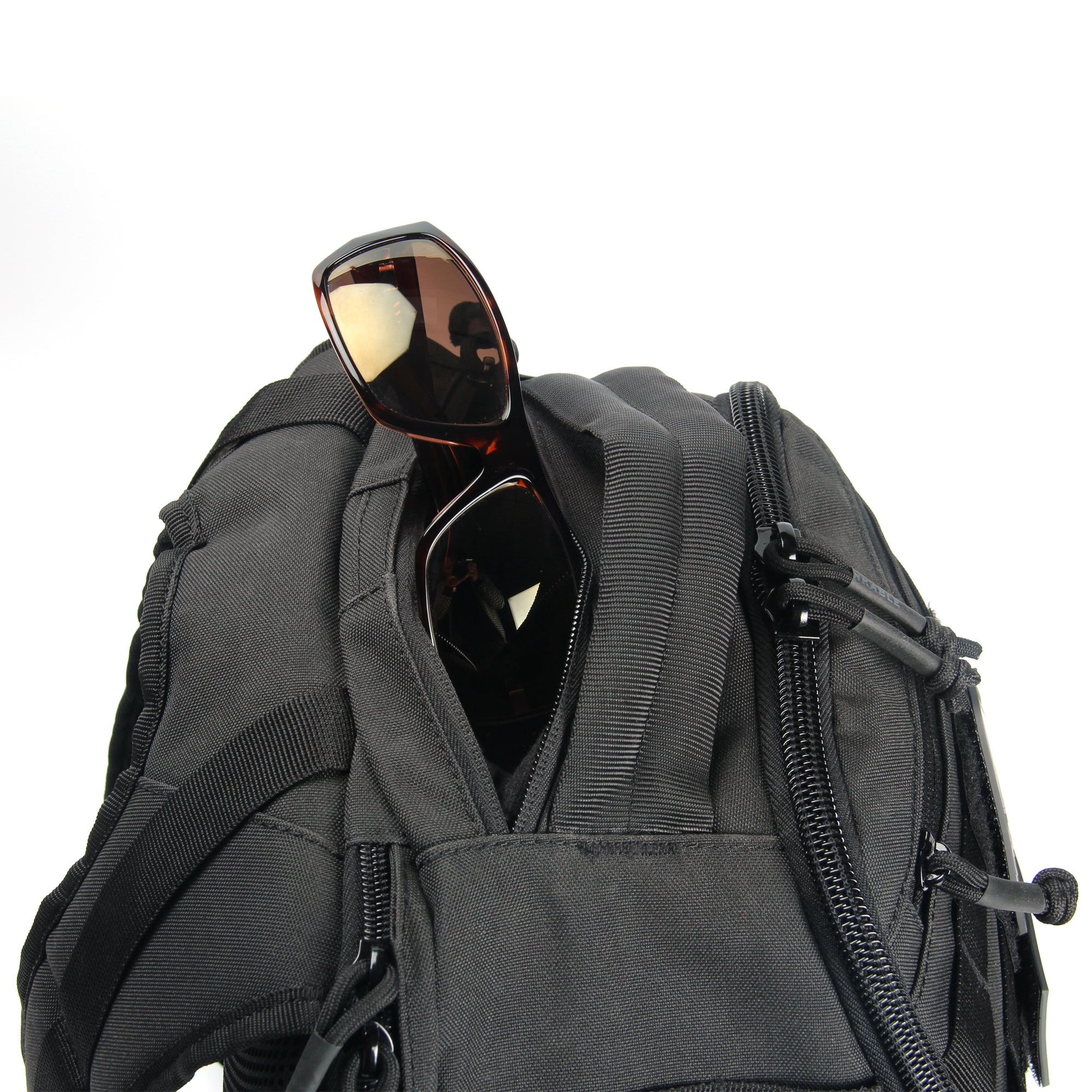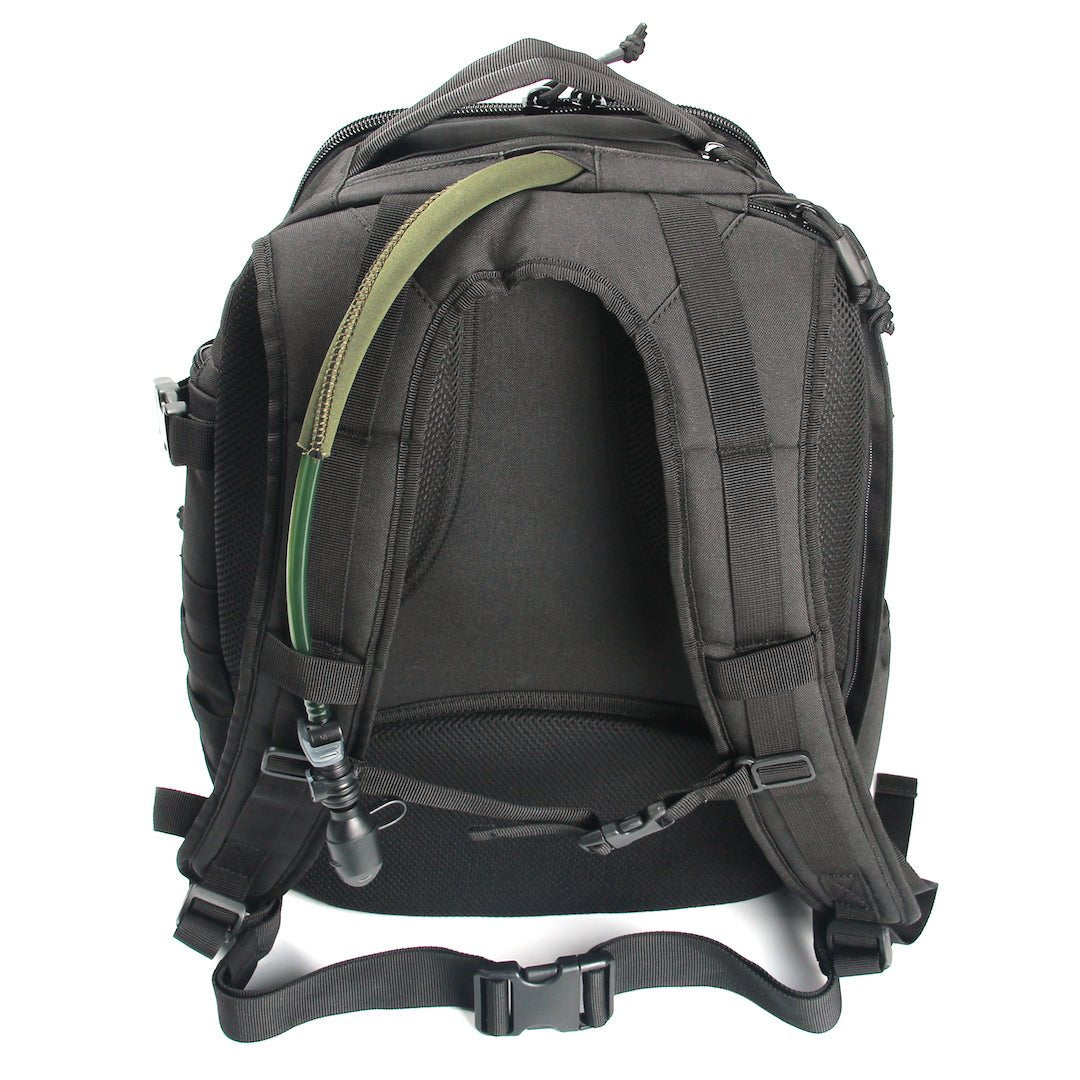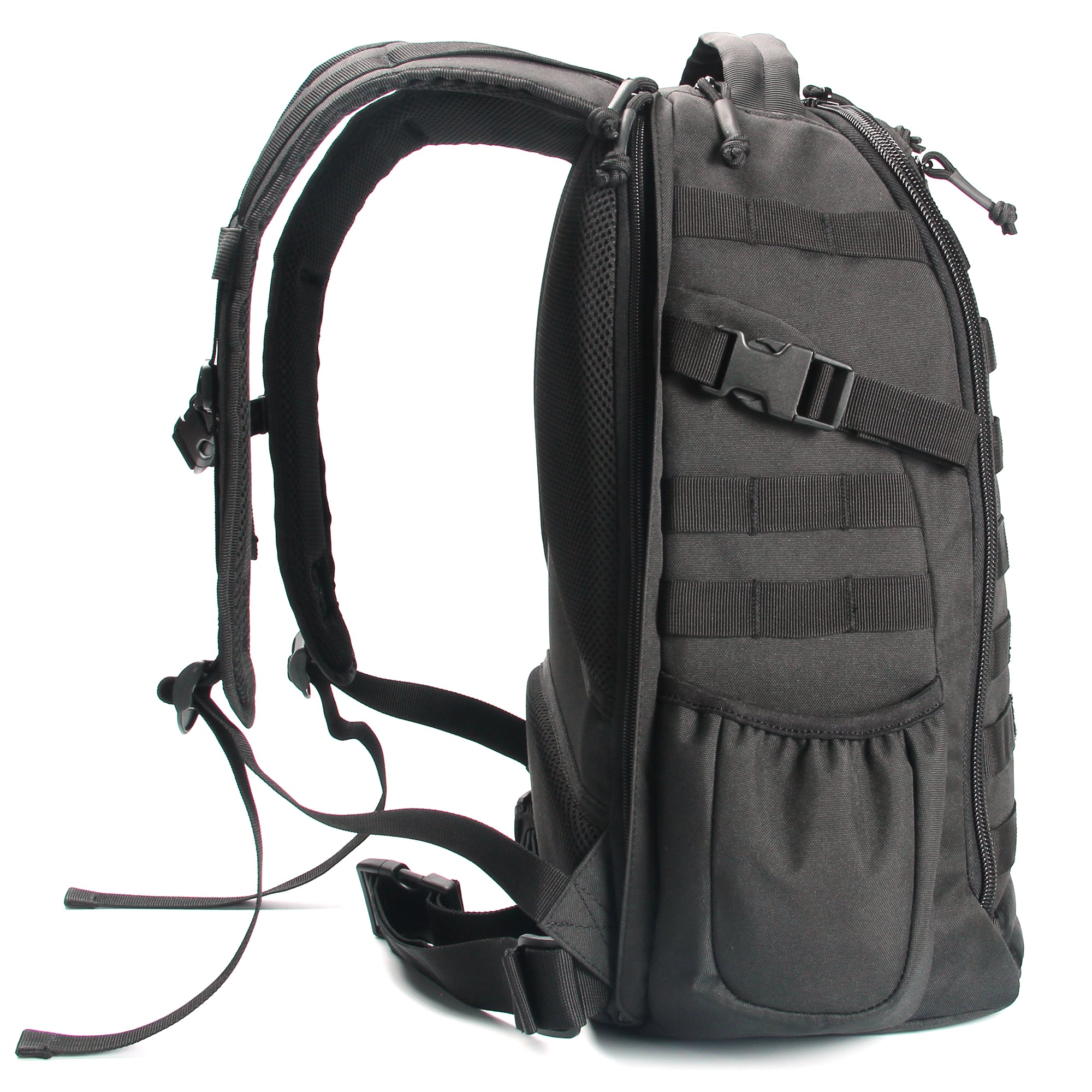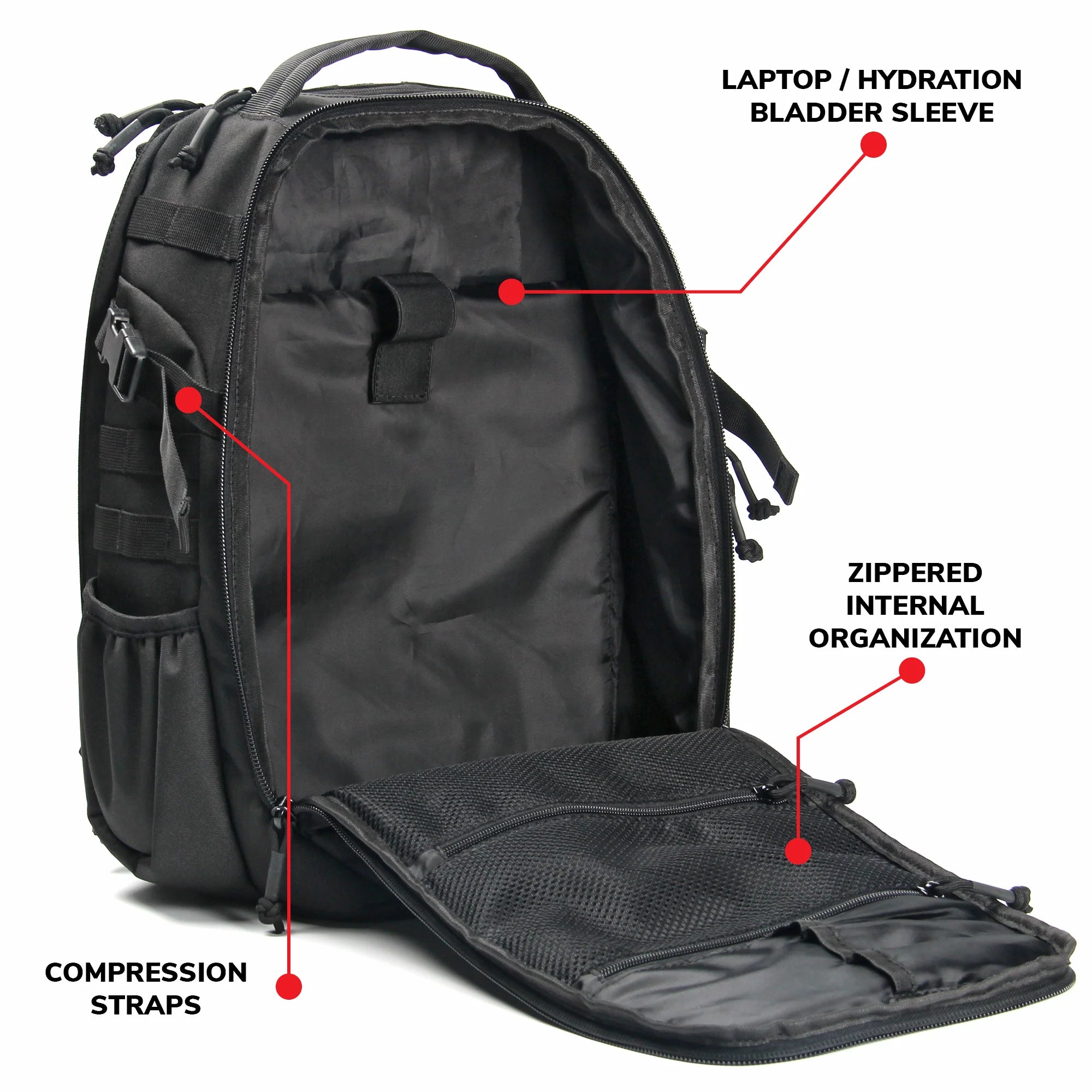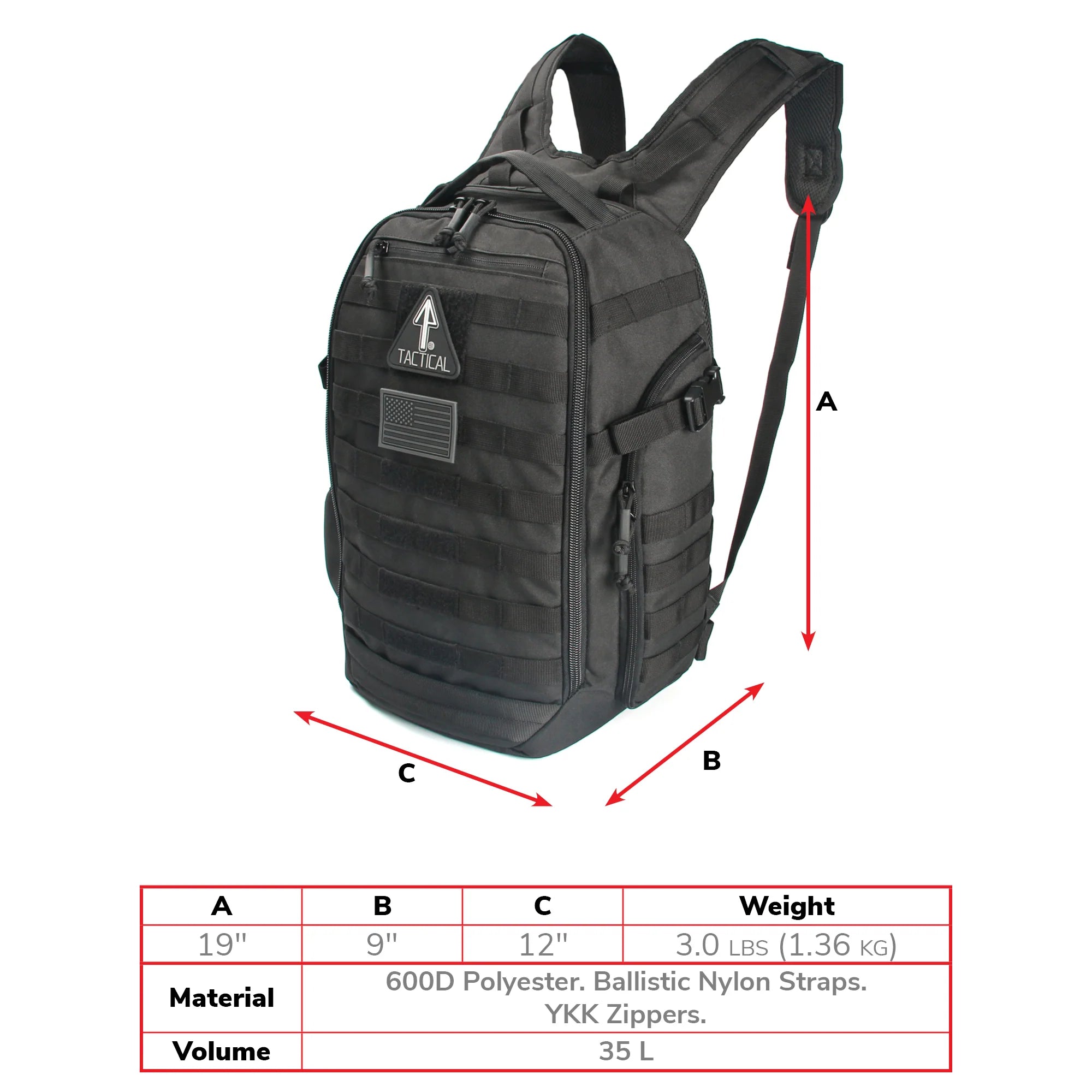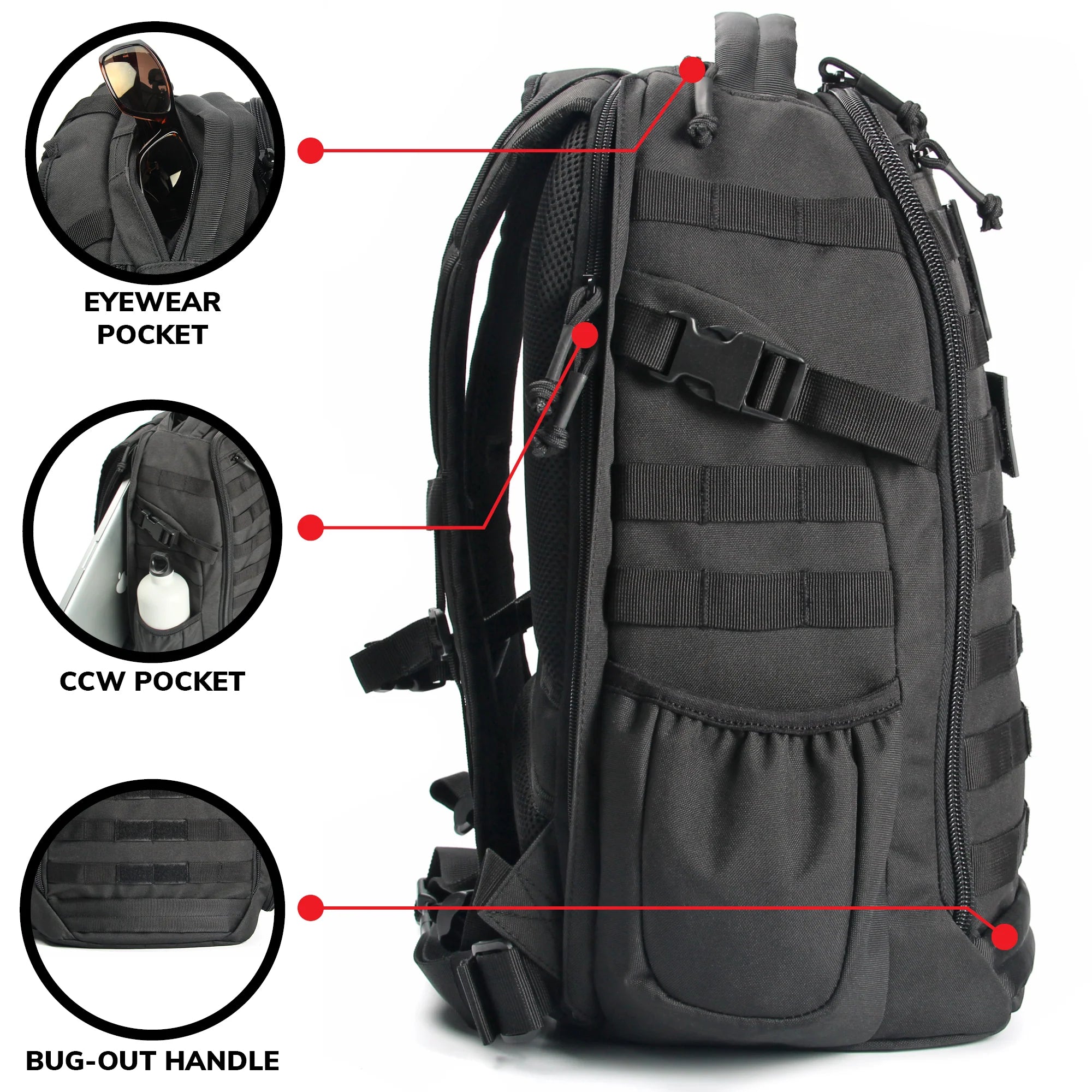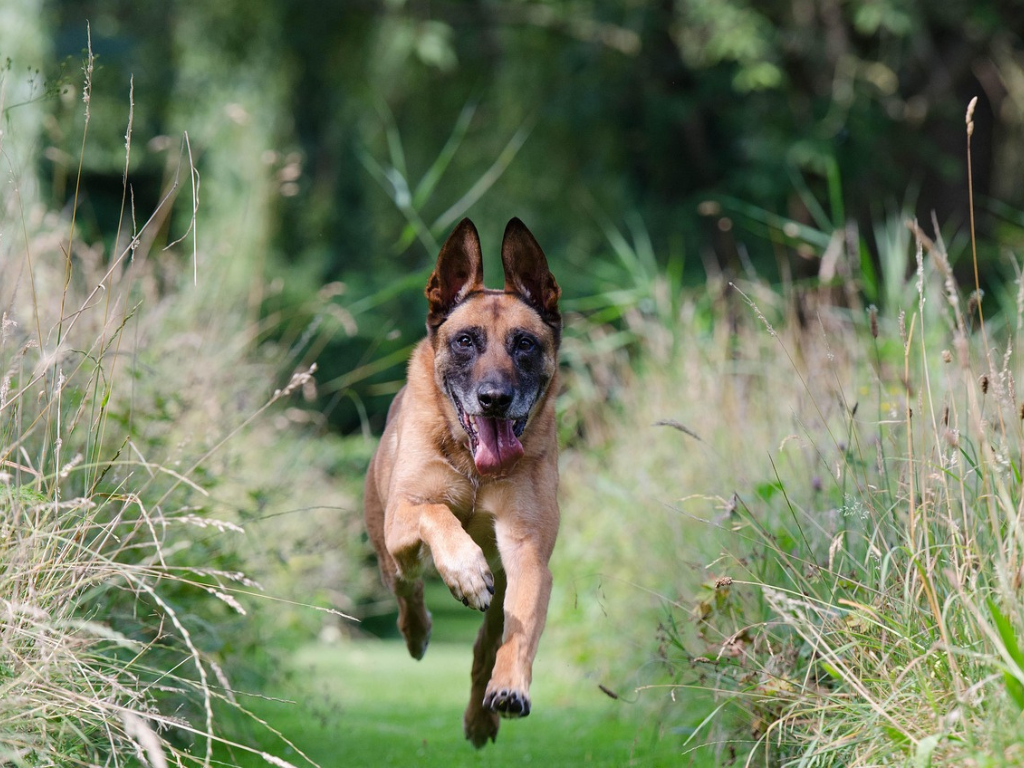
Athletics and outdoor adventuring have increasingly embraced technological advances that can improve performance in a number of ways. It makes perfect sense for tactical pros and hobbyists to apply these advances as well. In this guide, we’ll take a look at wearable tactical devices in particular.
Wearable technology will bring greater functionality to your tactical training sessions—and to real tactical scenarios should they happen to you. Wearables can be considered a kind of “smart tactical equipment” that’s used to boost perception, analysis and situational awareness. Such enhanced tactical gear can reduce the user’s uncertainty during a high-risk scenario. That can lead one to make the correct decisions even in the heat of the moment. Wearables can give you an edge when it absolutely counts.
Wearable Tech in Military
Tactical gear innovations often take cues from the equipment used by military forces—the original tactical pros! Wearable tactical devices can grant a number of advantages, including increased functionality, efficiency, safety and survivability. Here are examples of wearable tech in military:
Printed heaters. These are flexible and comfortable heating elements that can be sewn into tactical clothing. They provide warmth when operating in harsh cold environments, without limiting mobility or clothing functionality. Printed heaters work as smartwear for tactical use. They are “smart” enough to be self-regulating, which does away with the need for external manual controls.
Printed biometric sensors. These are made by using conductive inks to print sensors into a film, which then can be sewn onto clothing. The sensors must be incorporated into compression fabric to work effectively. Compression fabric ensures the continuous skin contact required to let the sensor’s electrodes absorb information about the condition of the wearer. When properly implemented, wearable biometric sensors will help field commanders monitor the status of service members during an operation. The commanders can view the soldiers’ vital signs, which can include the pulse rate, respiratory rate and body temperature.
Biometric sensors allow the military to monitor the performance of individual units. This is great for providing information about a soldier’s overall level of fitness and identifying where someone needs improvement. Tactical gear performance sensors can help you monitor yourself and identify your training needs. This can tell you what you need to work on to become a tactical heavyweight!
Communication devices. An oft-overlooked form of wearable tech in military squads, communicators will enhance teamwork and enable more rapid coordinated actions. Communications smartwear for tactical use will have advanced capabilities, such as functioning properly in high-noise environments and guarding against signal jamming.
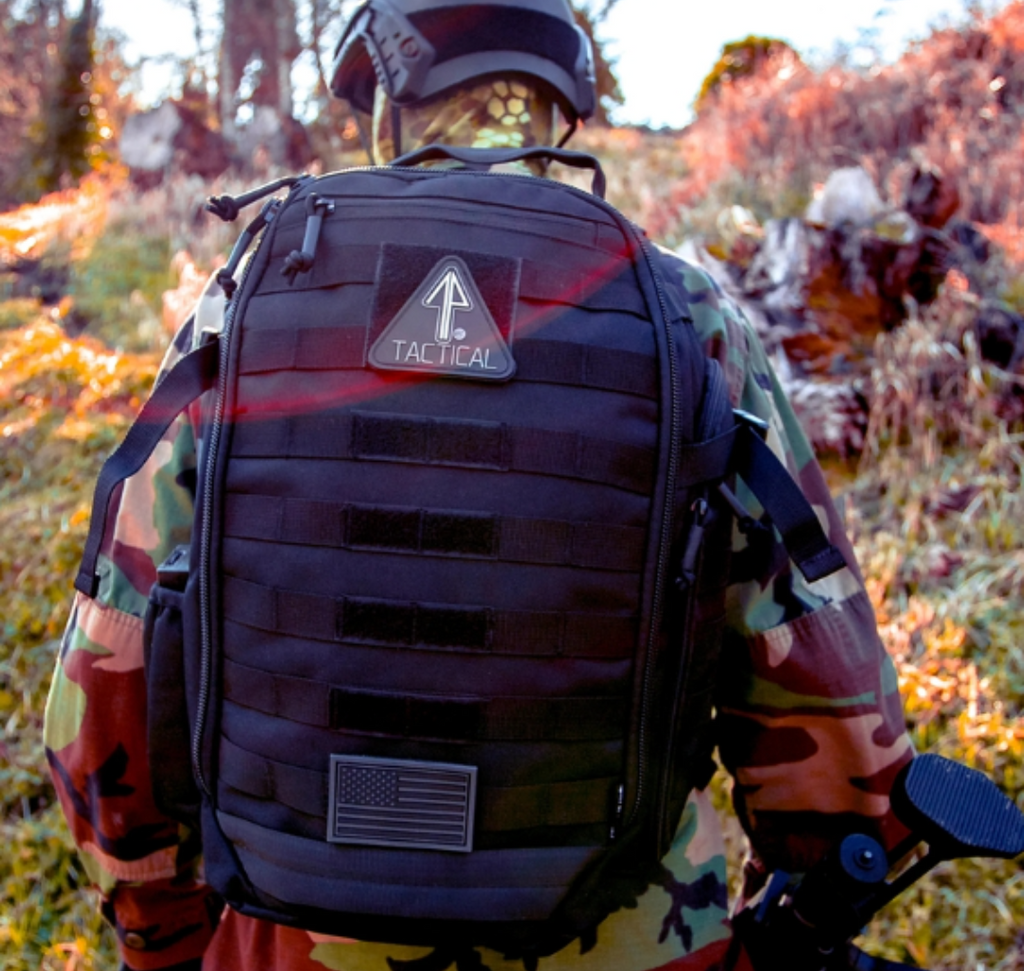
How Tech Gets Integrated into Enhanced Tactical Gear
We’ve briefly reviewed the types of wearable tactical devices that have been adopted by the military. But how exactly is the tech integrated into tactical clothing and accessories? Here’s a more detailed explanation of how that works.
Heaters and sensors can be constructed through screen-printing technology. Silver and carbon conductive inks are used to print the tech on flexible, stretchable film. The film can be sewn, heat transferred or otherwise integrated into the clothing material.
In the case of biometric sensors, dry electrodes are printed on surfaces that are meant to be in direct contact with the user’s skin. That requires the placement of the electrodes at positions where they will get compressed into the body. Common applications include high-compression shirts, sleeves, shorts and pants.
A helmet can also work as smartwear for tactical use, provided that the headgear is tight and snug. If a helmet does not fit correctly, the sensors may fail to take readings. Since military forces generally use standardized helmets, it can be difficult to ensure that everyone gets a properly fitting piece of headgear.
As for communication devices, they can take a variety of forms nowadays. Earbuds and bone conduction headphones are popular options. A full headset with a mic is a common alternative.
Smart communication devices are now available and offer additional functions, such as GPS tracking and gyroscopy. The data it observes can be sent to an app on your smartphone. Smart earbuds are tiny and unobtrusive, and still deliver high-tech functionality.
Tactical Gear Innovations: Location Tracking Devices
Tactical preparation means foreseeing adverse circumstances and implementing contingencies just in case. Losing or misplacing your gear can prove to be a serious setback. By integrating a location tracker into your equipment, you can easily locate what you need when you need it.
Commercial location trackers are available on the market. Popular options include Apple AirTags, the Eufy SmartTrack Link, the Tile Pro Bluetooth Tracker and the Samsung Galaxy SmartTag. These devices offer similar functionality. They can pinpoint the device’s current location via GPS and send that information to your smartphone. The devices vary in their accuracy. You’d best research each product to determine the one that best fits your needs and your budget.

Smart Tactical Equipment: Fitness Trackers
Another common commercial device you can get is the fitness tracker. Yes, it is more of a health monitoring tool than a piece of high-tech tactical gear. But for anyone who is into tactical training, it is a great helpmate nonetheless!
A fitness tracker will serve as a pedometer, counting the number of steps you’ve taken. It has many other capabilities as well. The device can track your pulse rate, monitor your sleep quality and record various other metrics.
Tactical Gear Innovations: Smartwear for Tactical Use
You can find many different kinds of wearable tactical devices now: smart glasses, smart watches, smart bracelets, smart shoes and smart clothing. As smart tactical equipment, these devices often overlap in functionality, so you don’t want to grab every last one. You should get the enhanced tactical gear that works best for you.
Just remember that while wearable technology is very helpful, it is no substitute for a well-honed tactical skillset. Your gear can carry you through a lot of rough spots, but you’ve gotta be capable in the first place.
Check out the 14er Tactical Resources Blog for great guides on developing essential tactical skills. Here are our top recommendations:
- Master Your Tactical Skills: At-Home Training Exercises for Peak Performance
- Maximizing Performance: Essential Fitness and Training Tips for Tactical Enthusiasts
- How to Navigate Without a Compass: The Tactical Survival Guide for Outdoor Enthusiasts
- Master the Wild: Five Essential Skills for Wilderness Survival You Can't Ignore
- Mastering Advanced Tactical Training for Ultimate Hiking Performance



